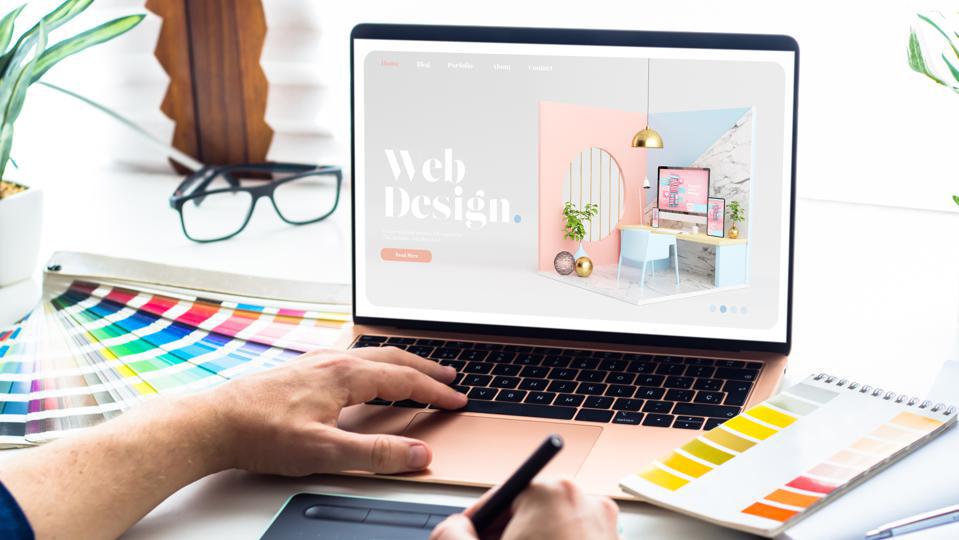In the digital age, a website is often the first point of contact between a business or individual and their audience. It serves as a virtual storefront, a platform for communication, and a reflection of the brand’s identity. To make a lasting impression and achieve specific goals, mastering the art of effective website design is crucial.
The Importance of Website Design
Website Design is not merely about aesthetics; it’s about creating an engaging and user-friendly online experience. Here’s why it matters:
First Impressions: Your website is often the first interaction users have with your brand. A well-designed website can instantly convey professionalism and trustworthiness.
User Experience: A well-designed site is easy to navigate, ensuring that users can find the information they need quickly and efficiently. A positive user experience leads to higher engagement and conversion rates.
Brand Identity: Your website should reflect your brand’s identity, from its color scheme and typography to its overall style. Consistency in design reinforces brand recognition and credibility.
SEO-Friendliness: Effective website design incorporates SEO (Search Engine Optimization) best practices, making it easier for search engines to index and rank your site, ultimately driving organic traffic.
Key Elements of Effective Website Design
User-Centered Design: Understand your target audience and design with their needs and preferences in mind. A user-centered approach ensures that your website meets the expectations of your visitors.
Responsive Design: In an era where mobile devices are prevalent, responsive design is a must. Your website should adapt seamlessly to various screen sizes and devices.
Clear Navigation: Intuitive navigation is critical. Users should be able to find what they’re looking for without confusion. Well-organized menus and logical page structures are essential.
Visual Hierarchy: Effective use of visual hierarchy guides users’ attention to the most important elements on your site. This includes using contrasting fonts, colors, and sizes to emphasize key content.
Loading Speed: Slow-loading websites frustrate users and can lead to high bounce rates. Optimizing images and minimizing code bloat are ways to improve loading times.
Engaging Content: Design isn’t just about visuals; it also includes the presentation of content. Engaging copy, compelling visuals, and multimedia elements can keep users interested and informed.
Call-to-Action (CTA): Effective websites include clear and compelling CTAs to guide users toward desired actions, whether it’s making a purchase, signing up for a newsletter, or contacting you.
Consistency: Maintain visual consistency across all pages of your website. This includes using a consistent color palette, typography, and design elements.
The Continuous Journey of Improvement
Website design is not a one-time task; it’s an ongoing process of improvement. Regularly analyzing user behavior through analytics and feedback can help identify areas for enhancement. Whether it’s refining the user interface, optimizing performance, or updating content, website design is a journey of continuous refinement to stay relevant and effective.
In conclusion, mastering effective website design is a critical aspect of establishing a strong online presence and achieving your digital goals. By focusing on user-centered design, responsive layouts, clear navigation, engaging content, and other key elements, you can create a website that not only looks impressive but also delivers an exceptional user experience. Remember that website design is a continuous journey of improvement to adapt to changing user expectations and technological advancements in the digital landscape.
